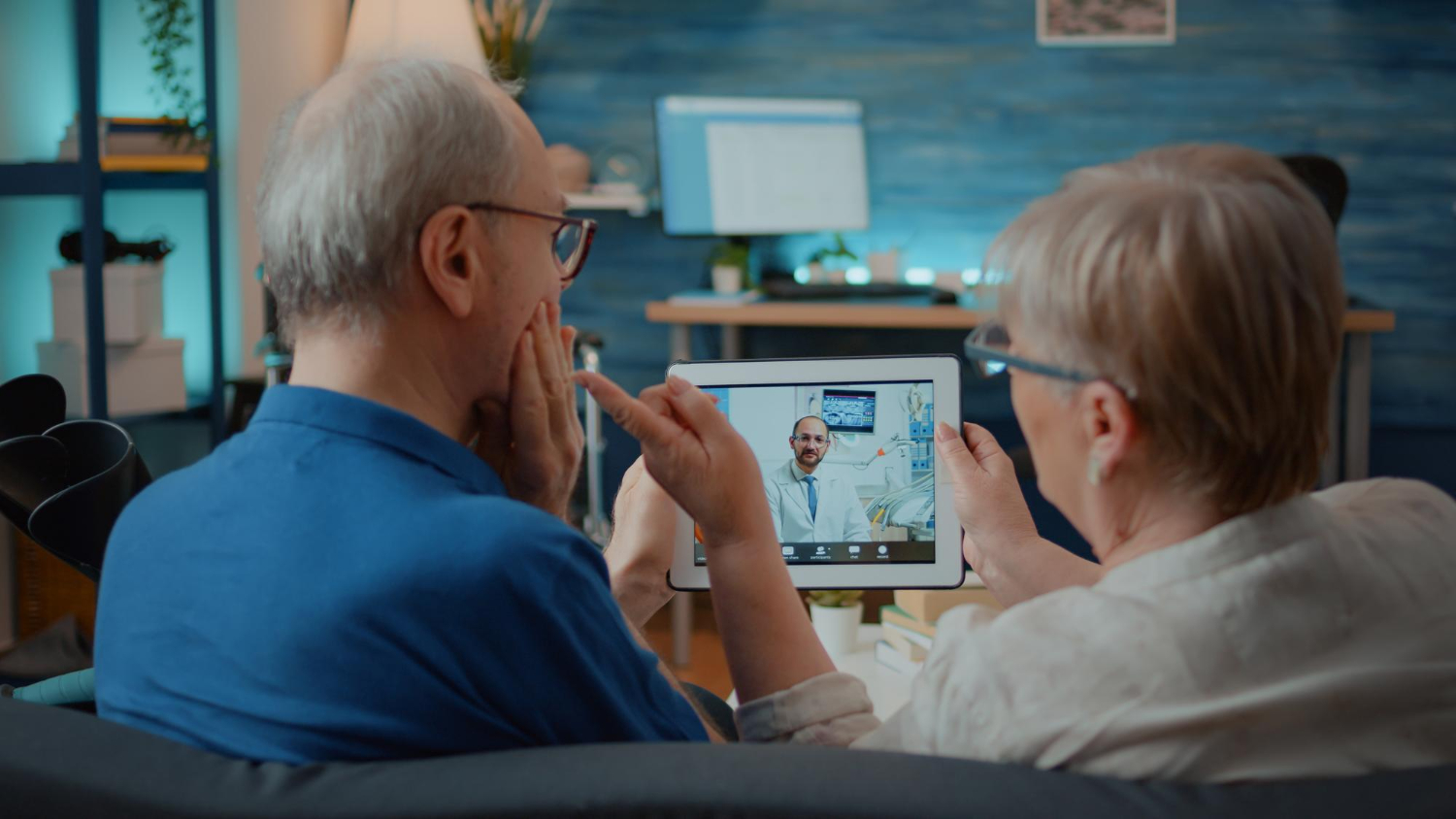You probably already know that working in aged care is no walk in the park. There are people to look after, medications to monitor, tasks to juggle, and let us not forget—the paperwork. Risk reporting is one of those things that needs to happen right away and be done properly, but traditional systems can make that harder than it should be.
That is where digital risk reporting in aged care comes in. It is like swapping a rusty old wheelbarrow for a sturdy trolley with smooth wheels. The job still needs doing, but it is a whole lot easier and faster.
Let us walk through how digital tools can change the way your aged care team handles risks—and why that change matters for your residents, your staff, and your peace of mind.
What Is Digital Risk Reporting in Aged Care?
First things first. What do we mean by digital risk reporting?
Think of it like this: instead of scribbling down a fall report on paper, or leaving a note for someone to follow up on, you log the event through a digital system—usually on a phone, tablet, or computer. The system then stores, tracks, and sends that information where it needs to go.
With online risk systems, your team does not need to guess where the report went, whether it was seen, or if it is stuck in someone’s drawer. The information goes straight to the right place, right away.
Paperwork Problems: Why the Old Way Was Slowing Everyone Down
Do you remember the last time you lost a form? Or misread someone’s handwriting? Paper-based reporting in aged care homes often leads to:
- Delayed responses to incidents
- Incomplete records
- Lost information
- Confused communication
It is a bit like playing Chinese whispers with safety information—by the time the message gets through, the details might have changed. That is not just annoying. It can be dangerous.
And let us be honest—when you are already running between rooms and caring for residents, spending half an hour filling in a paper report feels like a punishment.
.png)
The Big Benefits of Mobile Reporting Tools
Now picture this: a resident slips near the dining room. Instead of running around looking for a clipboard, your staff member pulls out a phone, taps a few buttons, adds a photo, and submits the report right away.
That is the beauty of mobile reporting tools. They save time and energy, two things every aged care team could use more of.
Here is how mobile reporting helps:
- Faster action – Risks are flagged quickly, so others can step in sooner.
- Clear records – No smudged ink or mystery handwriting.
- Real-time alerts – Managers can see reports as they come in, not days later.
- Easy tracking – You can check how often an issue happens and see patterns.
It turns the reporting process from a headache into something as easy as sending a message to a friend.
Why Online Risk Systems Make a Difference
An online risk system is not just about speed. It helps your whole team stay on the same page. Everyone sees the same information. Everyone knows what has been done, what still needs doing, and who is on it.
That means:
- No crossed wires
- No guessing games
- No double-handling
If you have ever played that game where two people try to carry a couch through a doorway from opposite ends, you know how messy it gets without clear coordination. Digital tools remove the confusion and help everyone move in the same direction.
Keeping Residents Safer, One Tap at a Time
The point of all this is simple: to keep people safe.
When risks are reported quickly and clearly, the right actions follow. Whether it is fixing a loose floorboard, adjusting a care plan, or reviewing medication routines, early reporting makes a big difference.
Digital tools help:
- Spot risks before they turn into accidents
- Follow up on hazards without missing a step
- Record what actions were taken and when
It is not magic. It is just the right tool for the job.
.png)
Helping Your Team Feel Heard and Supported
Let us not forget your team. The ones working double shifts, handling tough situations, and doing it all with kindness and patience.
Digital reporting tools are not just about ticking boxes. They let staff speak up, raise concerns, and know they are being heard. That kind of trust goes a long way.
When someone sees that a report they submitted led to action—like a wet floor getting mopped or a resident's behaviour plan being updated—they feel more confident to speak up again next time. That kind of culture keeps risks low and morale high.
More Than Just Tech—It Is About Confidence
Some people hear “care tech” and picture robots taking over. But that is not what this is about. Digital tools do not replace people. They support people.
In aged care, every moment counts. Whether it is holding a hand, helping someone to the bathroom, or dealing with a medical issue—your time is precious. When your reporting system is simple and smooth, it gives you more time to focus on the moments that matter most.
Think of it like having an extra pair of hands—not to do your job for you, but to carry some of the load.
Better Data, Smarter Decisions
Another upside to digital systems? You can see trends.
For example, if slips and falls keep happening near the same bathroom, the data will show you. If medication errors spike during night shifts, you will see that too.
Instead of playing detective, you get a clear picture. And that picture helps you make decisions that keep everyone safer.
How to Make the Switch Without the Stress
Now you might be thinking, “All this sounds nice, but switching systems sounds like a nightmare.”
Fair point. Change can be bumpy. But it does not have to be a circus. Here are some gentle steps to help:
- Start small – Use digital tools for one type of risk report, like falls or medication issues.
- Train together – Let staff ask questions and practice. Keep it casual.
- Ask for feedback – Your team will have ideas. Listen to them.
- Tweak as you go – No need to get it perfect from day one.
- Stick with it – The more you use it, the easier it becomes.
And if anyone says they miss the good old paper days, just remind them how fun it was trying to find a missing report after lunch!
.png)
The Future Is Looking a Lot Less Paper-Clogged
The aged care sector is changing, and that is not a bad thing. With digital risk reporting, your team can spend less time chasing papers and more time caring for people.
You get clearer communication, faster responses, better teamwork, and a safer place to live and work. Not bad for a few taps on a screen.
So next time someone asks, “Why switch to digital?”—you can tell them it is not about gadgets or trends. It is about doing the job right, without making life harder than it needs to be.
Final Thoughts
In aged care, little things matter. A small risk left unreported can grow into a big problem. But when your team has the right tools—simple, quick, and clear ones—they can spot those little things early and act fast.
That is what digital risk reporting in aged care is all about. It is not flashy. It is just smart, practical, and built for real people doing real work. And honestly, after a long shift, who would not prefer less paperwork?
If you want to make aged care safer, clearer, and just a bit less stressful—start with the way you report risks. Your residents, your staff, and your future self will thank you.










